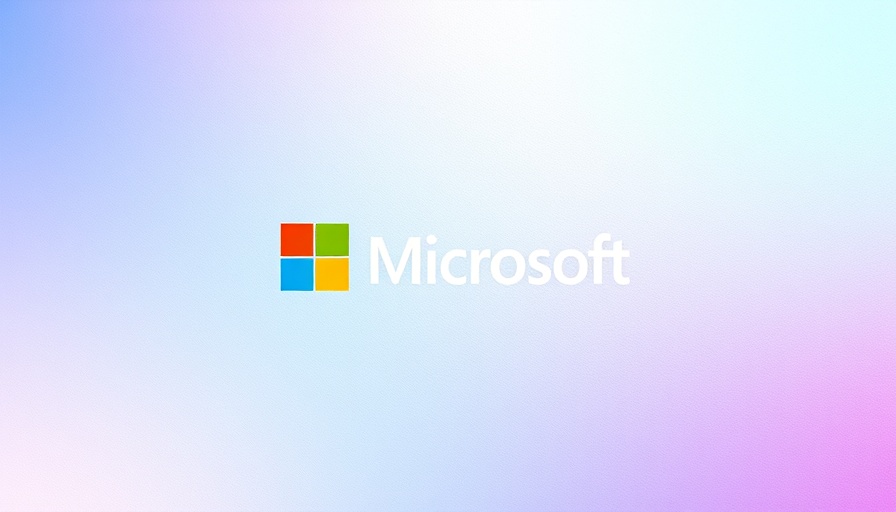
Introducing Copilot’s Press-to-Talk Feature
Microsoft is set to enhance user interaction with its artificial intelligence-powered assistant, Copilot, through a new feature known as the Press-to-Talk button. This enhancement promises to streamline the way users communicate with their PCs, making the experience more intuitive and efficient. To activate Copilot, users simply hold the Alt and Spacebar keys for two seconds, bringing the AI helper to life with a subtle blue microphone overlay that indicates it’s ready to listen.
How It Works: The Simple Activation Process
The functionality of Copilot's voice integration is designed to be user-friendly, allowing hands-free interaction. After installation, users need to ensure they're running the most recent build available to Windows Insiders (version 1.25024.100.0). Activating voice input is as straightforward as pressing the designated keys, after which users can speak their commands naturally. This natural-language processing capability is a leap forward, mirroring human conversation rather than rigid command syntax.
Enhanced Accessibility and Usability
This new feature doesn't just cater to tech enthusiasts; it significantly improves accessibility for all users, particularly those who may face challenges with traditional keyboard navigation. By promoting a hands-free approach, Microsoft not only enhances the usability of its AI assistant but also democratizes access to technology. The addition of voice commands fosters a more inclusive environment, catering to a wider range of users.
Productivity Benefits: A New Era of Interaction
Voice integration within Copilot aims to boost productivity by allowing users to multitask efficiently. Whether users are composing emails, managing schedules, or searching for information, voice commands will reduce the time spent navigating menus. The convenience that this feature brings could transform how users approach their workflows.
Future Predictions: The Evolving Role of AI in Daily Life
As Microsoft continues to evolve its AI capabilities, the introduction of the Press-to-Talk feature signifies a shift towards more conversational interfaces. This enhancement could eventually lead to a world where verbal communication with technology becomes the primary mode of interaction. Just as we have seen shifts with tools like Cortana, Microsoft's current iteration is about refining and improving user interaction complexity via voice recognition and natural language understanding.
Challenges Ahead: Navigating the Path of Innovation
While the future outlook is bright, there are areas for improvement. Challenges surrounding voice recognition accuracy, such as handling diverse accents and background noise, will need to be carefully addressed. Latency and responsiveness must also be prioritized to maintain a seamless user experience. With the potential for privacy concerns looming, Microsoft will be tasked with ensuring robust data protection measures are in place for users engaging with voice technology.
The Road Ahead: Embracing the Voice-First Technology
In summary, the introduction of the Press-to-Talk feature represents a significant leap in the realm of voice interaction within computing. As users begin to embrace these changes, Microsoft’s commitment to continuous improvement and user feedback will be vital in shaping the future landscapes of Windows AI integration. Whether enhancing accessibility for all users or encouraging a seamless conversational experience, Microsoft's experimental updates signal a new chapter in the human-machine collaboration narrative.
If you’re excited about these innovative advancements and their potential to enhance your tech experience, keep an eye on future updates. The direction in which Microsoft is heading not only aims to create more natural interactions but also strives to revolutionize the fundamental ways we engage with technology.
 Add Row
Add Row  Add
Add 




 Add Row
Add Row  Add
Add 

Write A Comment